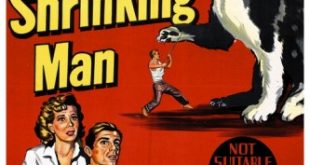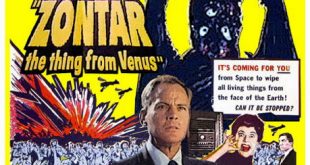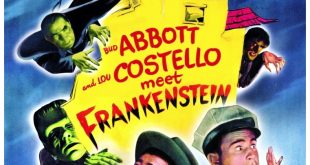SYNOPSIS:
“Archaeologists discover a mountaintop temple which leads them to the further discovery an underground civilisation of Sumerians, lost to time and among whom they become trapped. This unknown, centuries-old subterranean patriarchal society comprised of a brutal albino master race (having, over time, lost their pigment in their nearly lightless world), soil-burrowing mole people (a subjugated humanoid slave race that has lost both human appearance and the power of speech) and goats (for milk, clothing and occasional meat). All subsist on mushrooms. Their enclosed cavern limits their numbers so, when three unexplained strangers arrive (the archaeologists), the high priest calls for their quick execution. A flashlight – with its indefensible brightness in their dim world – thwarts that plan, and three maidens must instead be sacrificed to the Eye Of Ishtar, a temple chamber where citizens and criminals burn to death. Every once in awhile, someone within this society will be born with the mark of darkness (aka pigment). Thus is the case with Adad (whom everyone calls Adel), a genetic throwback whom the Sumerians easily give their visitors (now regarded as godly messengers due to the flashlight) as their own personal slave woman. Their presence, however, soon destabilises this society and, as the mole people rise up to carry out their long-overdue revolt, the archaeologists are sentenced to death under the Eye Of Ishtar – which turns out to be exactly what they want, since it’s merely a fissure to the outside world. Taking Adel with them (the only current Sumerian able to tolerate sunlight), they regain the mountaintop, only to encounter an earthquake, the wrath of the goddess Ishtar objecting to Adel’s escape.” (courtesy IMDB)
REVIEW:
Virgil Vogel entered the movie business in 1939 as a mail boy in a company called General Service Films. He soon moved on to become an assistant in the sound effects department at Republic Studios and, by 1940, he had become an assistant editor at Universal Studios where he was to work for some twenty-five years. After serving in World War II as a B-29 pilot, he returned to Universal to become an editor. The last film he worked on in this capacity was Universal’s only Technicolor big-budget space epic of the fifties, the classic This Island Earth (1955). In addition to conventional editing, Vogel also worked on the special effects for this science fiction extravaganza. With Clifford Stine, the studio’s effects department chief, he shot most of the effects scenes and then lined up the pieces of film for the optical printer. This later job entailed matching various film clips so they could be printed into one composite scene – one clip would be a planet, one clip would be a star field, another of a spaceship, and so on. One scene would require eighty-three such pieces of film. A year after completing This Island Earth, Vogel was assigned to direct his first film, The Mole People (1956).
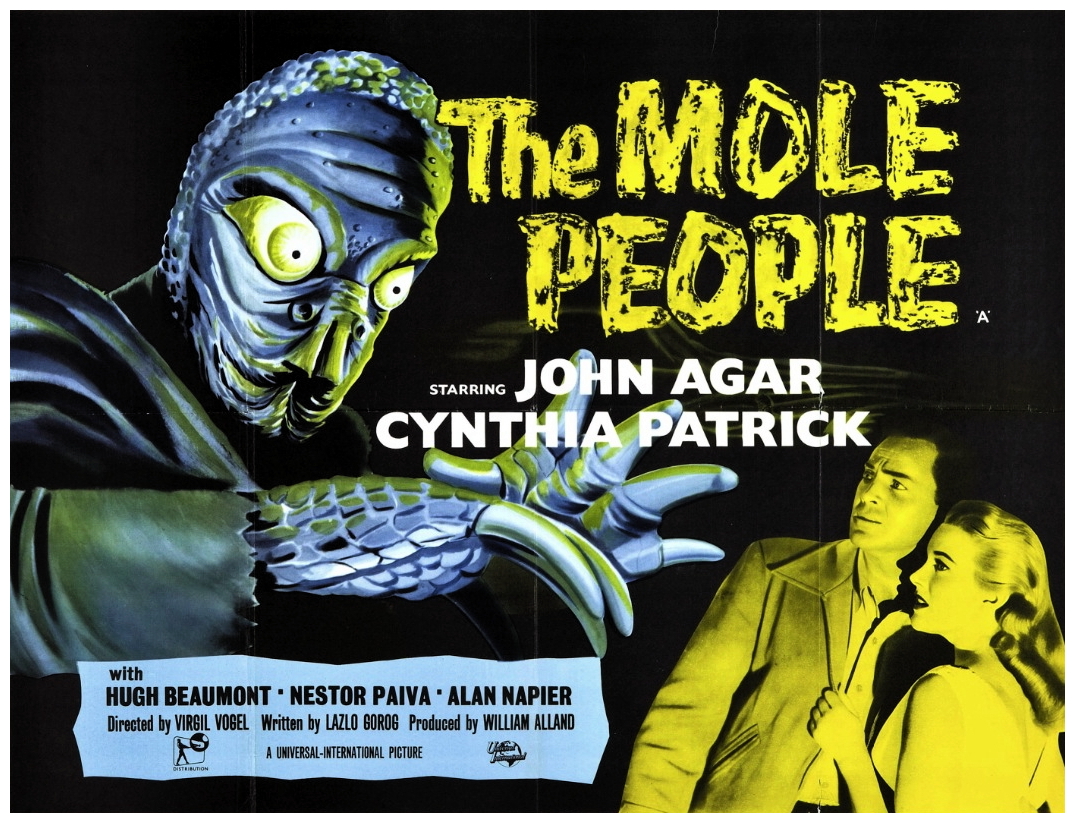
The story of The Mole People begins with a scientific expedition exploring a remote mountain region in Asia. The expedition team includes Doctors Roger Bentley (John Agar), Jud Bellamin (Hugh Beaumont), Paul Stuart (Phil Chambers) and Professor Etienne Lefarge (Nestor Paiva). As they climb across the lonely mountainside, the ground suddenly gives way beneath them and Stuart falls through the newly formed opening. The others scale down after him to find him already dead in the middle of an enormous cavern. Before they can make their way back up to the surface, a landslide rumbles down toward them and seals their exit. Searching for another means of escape, the trio come upon another large cavern containing the ruins of an ancient Sumerian city. Living in the city is a group of albinos descended from the ancient Sumerian civilisation. The interlopers are quickly captured and sentenced to death by the high priest (Alan Napier).
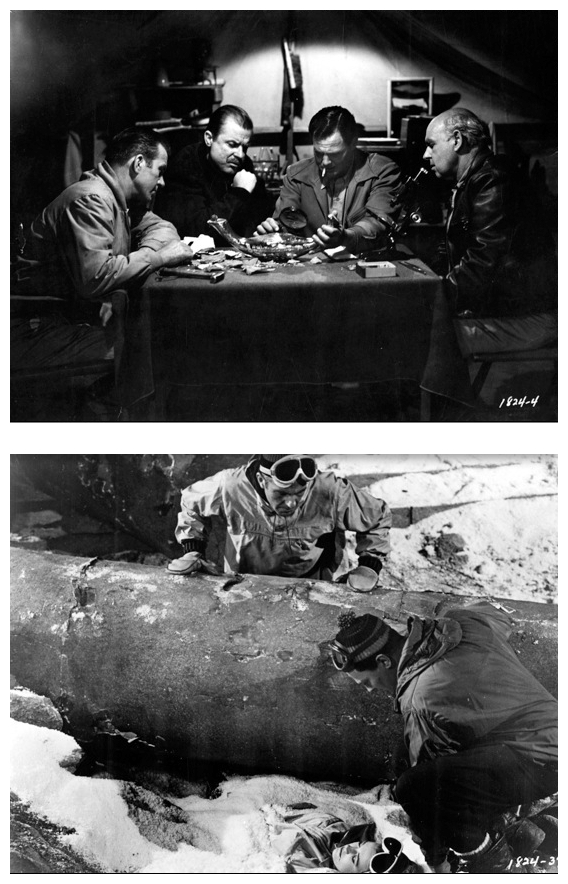
The scientists manage to make good their escape before the sentence is carried out and, when their pursuers close in on them, they find they can force the albino subterraneans to retreat by beaming their flashlights at them – accustomed to a world without a sun, the Sumerians are unable to withstand any form of light. A cave looms ahead of the fugitives where they find another race of underground beings far more horrible than the Sumerians. In the cave are the mole men, creatures who are half-human half-beast slaves to the Sumerians. As the scientists escape from this new peril, Professor Lefarge is killed. The high priest finds the two remaining scientists and lures them back to a royal feast in the Sumerian city where they are to be honoured as messengers of the Goddess Ishtar. Nothing but treachery lies behind this invitation, and Bentley and Bellamin are sentenced to death again – this time they are to face the dreaded ordeal of the Chamber Of Light. This chamber lies at the bottom of a long shaft that lets the sunlight pour in, a hideous fate for the subterraneans but not for the scientists. They struggle up the sides of the shaft toward the safety of the surface. Before they can reach the top, they are shaken by an earthquake but manage to claw their way to the world above.
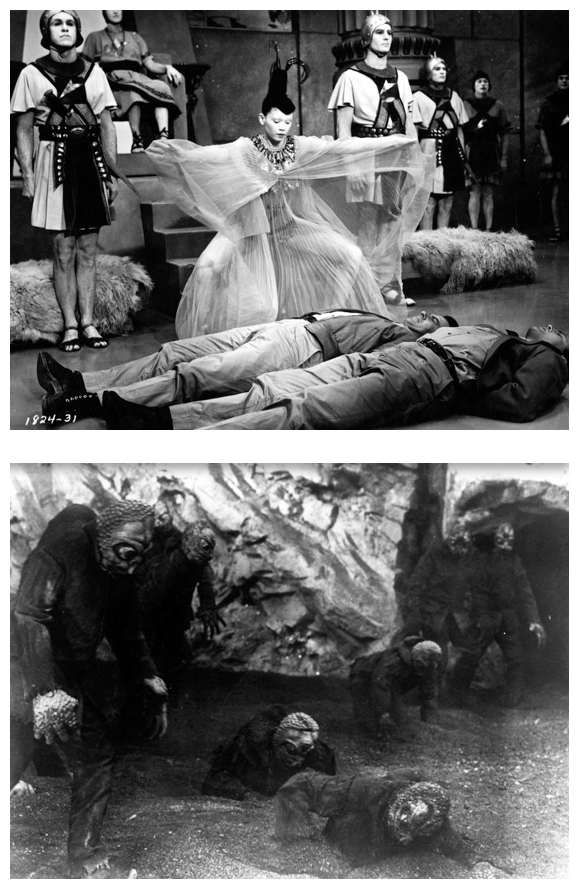
Director Vogel: “When I first read the script it seemed like a tremendous task with all the effects and so forth, because I had to come up with some way to make them.” The task must have seemed all the more difficult in light of the fact that the picture was budgeted at only US$300,000 and was to be shot in a mere seventeen days. Helping to make the job easier was Universal’s excellent team of technicians. Jack Kevan, the gifted makeup artist who had worked on such memorable films as It Came From Outer Space (1953) and This Island Earth (1955), was responsible for inventing the makeup for the bug-eyed hunchbacked denizens of the subterranean world. Vogel had the highest regard for Kevan’s contributions, his only reservations had to do with the severe production restrictions placed on Kevan’s work. “Jack Kevan was a marvellous makeup man, but they just kept taking money away from him so, when we got down to making the picture, there was very little left. The humps on the backs of the mole men were going to cost a considerable amount of money and the studio said no way. So Jack came up with the idea of just filling their jackets up with newspapers and wadded them up on one of the tests we made and golly, it looked like it was a real hump.”
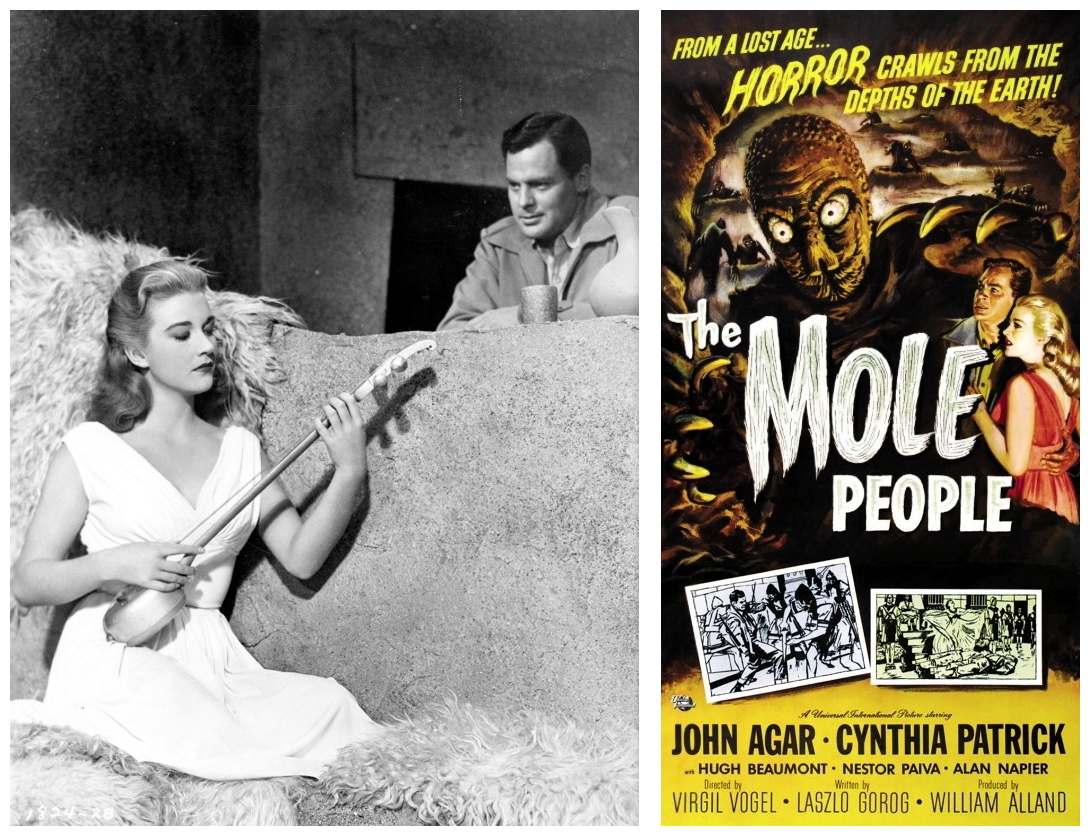
The newspaper humps certainly did look authentic but, as resourceful as this makeup technique was, it later provided some unexpected results. “I’ll never forget the time I was on a crane and we had them all attacking in the castle, and I had about twenty-five stuntmen and another twenty-five extras throwing swords around. I was so interested in the action, riding the crane, that it looked fantastic to me. Except when I said cut, we found newspapers lying all over the floor – they’d all fallen out of the humps! So we went back and did it again, this time we taped the humps in.” Accounting for much of the eerie atmosphere is the gloomy photography of the caverns leading to the mole men’s underground dwelling. By keeping many of the scenes in shadow, Vogel was able to get across the strange, claustrophobic feel of his weird settings. This photographic approach proved to be the most difficult problem for the new director working on his first picture. Ellis Carter, the cameraman on both The Mole People and The Land Unknown, provided some invaluable assistance.

“I did not know then quite how to express myself to him. I wanted the tunnels to be dark and yet I wanted to see the people. He came up with the ingenious idea of taking the flashlights that they held and putting a little peanut light with a cover around it so you couldn’t see it, and when you held the flashlight, this light would shine back on your own face. Then we ran a wire from the batteries from the flashlight through the sleeve of the man, out the pants leg, and they walked along carrying this electric flashlight.” In this way only the faces of the actors were lit as they slowly advanced down the dark corridors that wound through the mysterious underground depths. However, since the electric bulbs on the flashlights were the only lights used while shooting the scenes, the shots at first came out too dark, too underexposed. Vogel’s experience with lab work was then instrumental in salvaging the scenes. In the lab, he had the exposure pushed up in the printing of the footage so that he ultimately was able to arrive at the gloomy and yet clear look he was hoping for from the start.
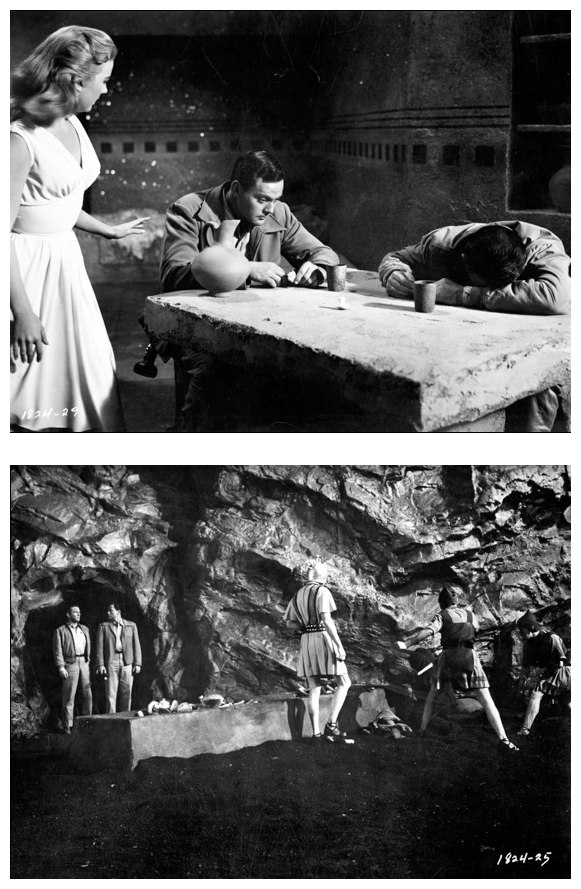
The one image from The Mole People that stays most persistently in mind is that of the mole men rising up and then suddenly disappearing down through the ground. To transport the actors and stuntmen through the seemingly impenetrable earth, the effects crew constructed a hydraulic device that was positioned underneath the set of the layer of ground. Directly above this device was a hole in the set filled with loose dirt – the fill was held in place by the hydraulic mechanism. When the actor was supposed to slither down through the earth, the device would gradually release the dirt in the hole and, as the actor dropped into the hole, a stuntman hidden underneath the set would pull the man through before all the dust ran out. These uncanny nightmarish scenes were not only highlights of fifties science fiction but, even today when audiences are sated by screen trickery, they still come across as highly imaginative and expert effects. The Mole People is just good enough to make it as a minor classic amongst fifties monster movies. The idea of an lost ancient civilisation sealed away from the modern world by time and catastrophe and buried far underground is a powerful one, and there are elements of interest in the exposition and the plot.
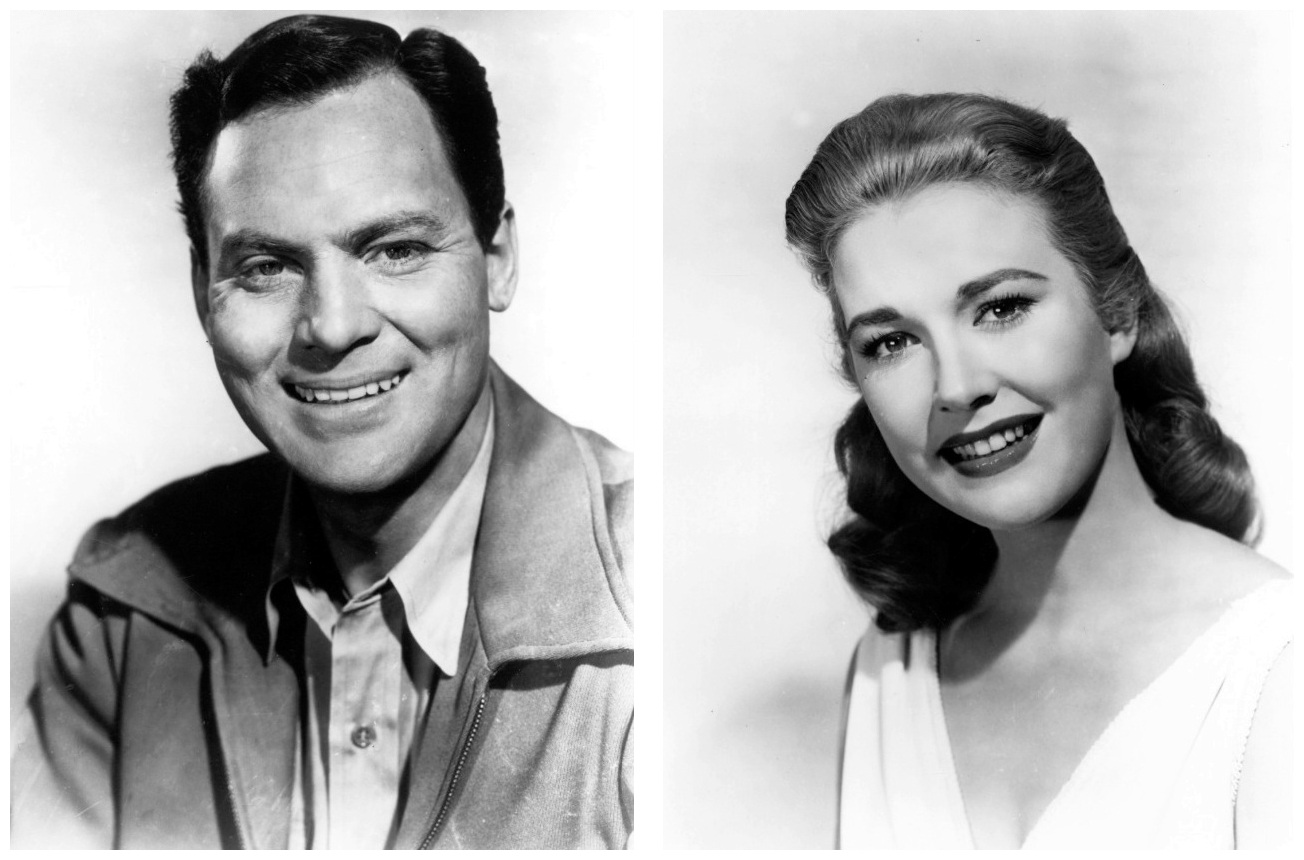
A slave race of mutants, a decadent people so accustomed to the dark that a flashlight is a source of overpowering pain, a society that must limit its numbers due to the limited food supply and sacrifices its youngest and most rebellious to the mysterious power found in a mystery chamber. Unfortunately, the subject matter (which could have been a powerfully disturbing experience in the hands of someone like Neil Gaiman) was handled with the usual manner of an under-budgeted fifties B-grade movie. Lead actors Agar, Beaumont and Paiva are mediocre at best, but it’s not entirely their fault – they are at the mercy of a script with indigestible wads of exposition, long dull sequences where nothing much happens, and action-packed sequences where nothing believable happens. The actors do their best, but to no avail. Amongst the subterranean dwellers we have lanky Alan Napier (best known as Alfred in the Batman television series) doing his best Boris Karloff impersonation as the high priest, and Cynthia Patrick is charming as the love interest, but this represents the peak of her very short film career.

So, what’s so good about The Mole People?
* The first shot of the huge cavern our heroes emerge into is very nicely done indeed, one of the best matte effects of its day.
* The surprise twist which reveals the truth of the iconic symbol worshiped by the lost society and the sacrificial chamber is a nice bit of writing by László Görög.
* The cruelly ironic fate suffered by Agar’s love interest who deserved better. In the original script she survives, but studio executives were against the idea of an interracial relationship.
* A nice closing shot that writes ‘Finis’ to the movie wraps things up nicely.
It’s on this upbeat note I’ll bid you a good night and look forward to your company next week when I have the opportunity to simultaneously raise both hackles and cackles with more dreadful dross from the drains of Los Angeles in another trouser-moistening fear-filled film review for…Horror News! Toodles!
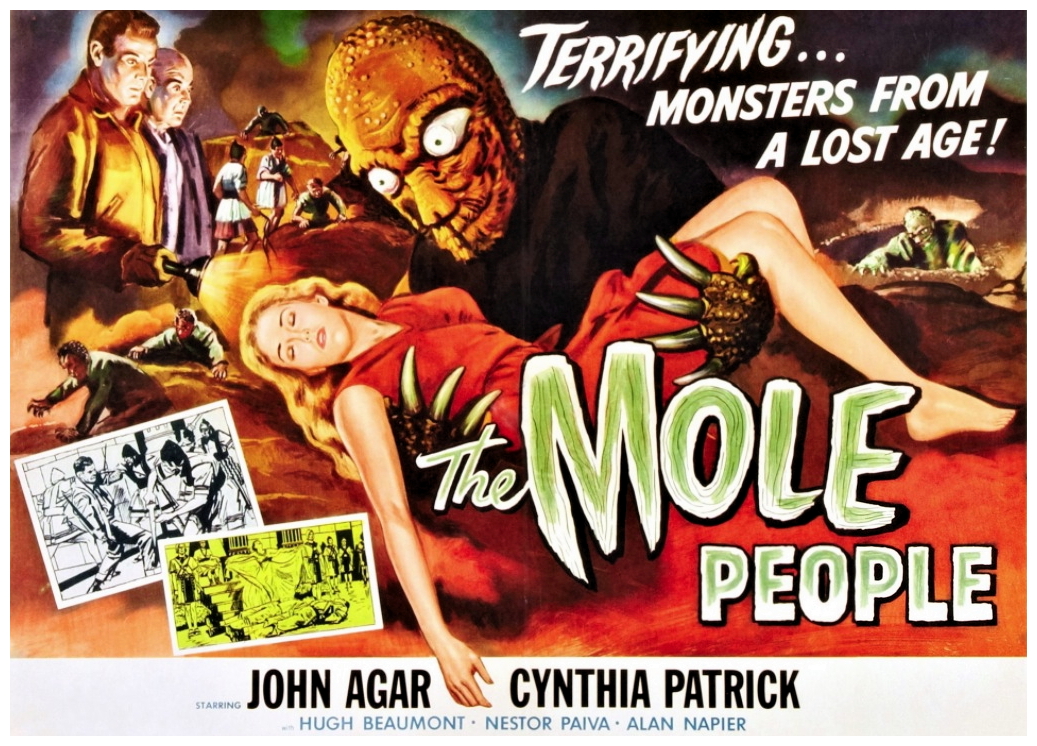
Bonus Features
- The Film Presented In Two Aspect Ratios – 1.85:1 and 2.00:1
- NEW Audio Commentary With Film Historians Tom Weaver And David Schecter
- NEW Of Mushrooms And Madmen: The Making Of The Mole People
- Mystery Science Theater 3000 Episode “The Mole People” (2/15/97) In Standard Definition
- Still Galleries – Movie Stills, Posters And Lobby Cards
- Theatrical Trailer
The Mole People (1956) is now available on bluray per Shout Factory
 Horror News | HNN Official Site | Horror Movies,Trailers, Reviews
Horror News | HNN Official Site | Horror Movies,Trailers, Reviews

